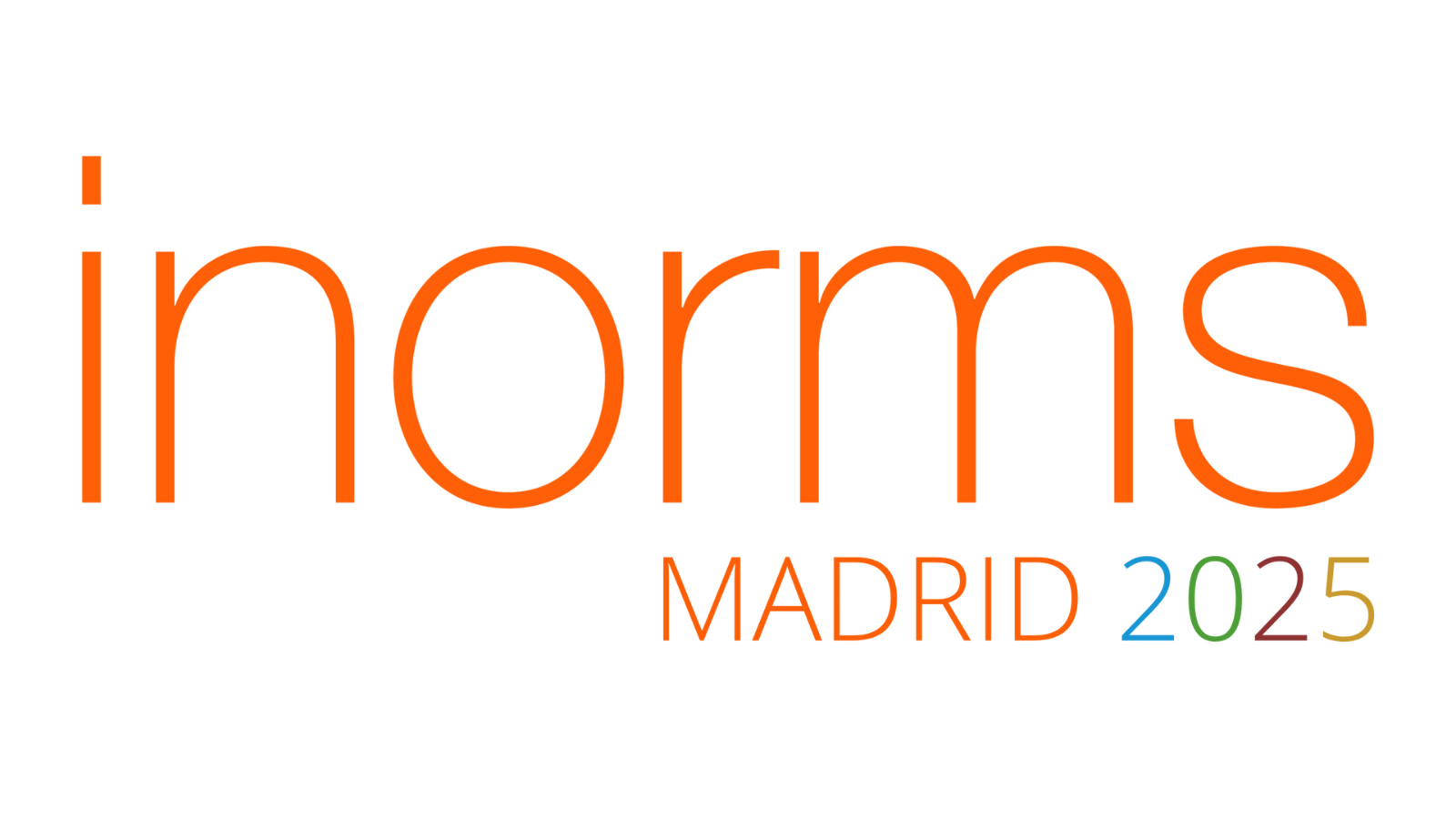The anatomy of an actual fraud response
Reconstruction of a fraud case to unravel its mysteries and dissect it step by step.
Conference
Format: Oral 30 Minutes
Topic: 9. Responsibility, Ethics, and Equity, Diversity and Inclusion (EDI) in Research and Innovation
Abstract
Those brave enough to enter this crime scene will walk away with valuable lessons on reasonable doubt. They will reflect on a balancing act in your role as RMA. How far would you go ahead with a fishy partner in your consortium? When do you stop trusting them? And what can you reasonably expect from others around the partner? Through an interactive session we will guide participants step by step through an actual fraud case that we’ve had to deal with. We will present shocking and less-shocking events, from start to finish. Giving you the chance to ask yourselves: what would I have done? Where would you stop? How would you react and escalate the matter?
By sharing our experience in this way, participants will be enabled to strengthen their position and awareness. Trust is what make people connect, what makes consortia work: ‘I trust you will do your part of the work and respect the regulation. As do I.’ When one partner in your consortium doesn’t respect the rules and abuses that trust, we enter the grey area of reasonable doubt. Where do you draw lines on the sliding scale from compliance to using grant money to fund the purchase of a villa? Many of us work the system – but where are the lines between clever tricks, naivety, dumb mistakes and willful misconduct?
We will also look in the mirror together. Did we trust them too long? Were we naive? And let’s be honest: who hasn’t stepped into the grey area before? Is it a slippery slope or an exception to the rule? How do you balance the interests of your project and coordinator, the organization, the funder, and your own moral compass – as well as the people caught in the crossfire?

